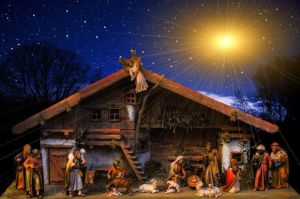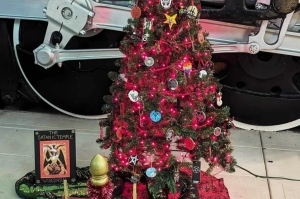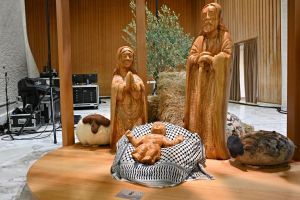Exhibiting the humanity of the unborn

Innate in each human person is a series of ever-present questions, sometimes soft like a whisper or the tickle of a feather, and sometimes loud and as impactful as a freight train: Who am I? Where did I come from? Where am I going? These questions are not always existential and metaphysical, but sometimes simple and biological: What am I? Where did I come from? What will I become?
The combination of these questions is both physical and metaphysical, finite and infinite, material and immaterial, corporeal and spiritual. They are often pushed to the background in favor of more immediate needs and less all-encompassing questions.
In today’s day and age, with all of the confusion surrounding what and who a human being is, even the questions of when a life begins, how humans develop, and our unique and tiny characteristics at the earliest stages, have become controversial. Recently, however, two museums have dedicated exhibits to the scientific origins of life: The California Science Center in Los Angeles, California, and the Creation Museum in Petersburg, Kentucky.
The California Science Center recently opened an exhibit dedicated solely to the science of the origins of life. The exhibit titled Life! Beginnings opened to the public on June 18. The Life Beginnings exhibit focuses on “how humans and all living creatures reproduce, develop, and pass on their genes to bring new life into the world.”
A news release notes, “Life! Beginnings was created with the help of an advisory committee comprised of experts in reproductive health, pediatrics, genetics, biological science education and more.” The exhibit is split into four sections with one of the sections titled, “Womb Room,” exploring “the human journey from conception to birth.” The exhibit is family-friendly and an excellent way to familiarize children with the humanity of unborn children and the importance of protecting life in the womb.
In Petersburg, Kentucky, at the Creation Museum an exhibit titled, "Fearfully and Wonderfully Made," opened in late 2020. The exhibit features “life-like models” of babies from fertilization; some of which are “translucent so guests can see the developing internal organs.”
The Creation Museum is a Christian-based organization and states:
“The Fearfully & Wonderfully Made exhibit at the Creation Museum stands as a testimony to the wonder and sanctity of all human life. The Bible informs us that every human being, both male and female and from the moment of fertilization, is made in God’s image. This is true regardless of one’s level of development, physical or mental ability, ethnicity or age. Although issues regarding life in the womb are hotly contested in our world, the matter is settled by the ultimate authority, the very words of our Creator.”
The Creation Museum is family-friendly and offers a plethora of amazing exhibitions and a life-like view of babies in the womb. The Fearfully & Wonderfully Made exhibit is an important reminder that humans are human from the moment of conception.
The existence of these museums offers hope for those who testify to the humanity of the unborn; their humanity is now on display for the public to marvel at, and for children to grasp. Perhaps it will not be lost on those who make the visit to these museums that these representations of unborn babies on display are the very same age as those being lost each day to abortion.
Hannah Howard is a research associate at the Charlotte Lozier Institute.




























